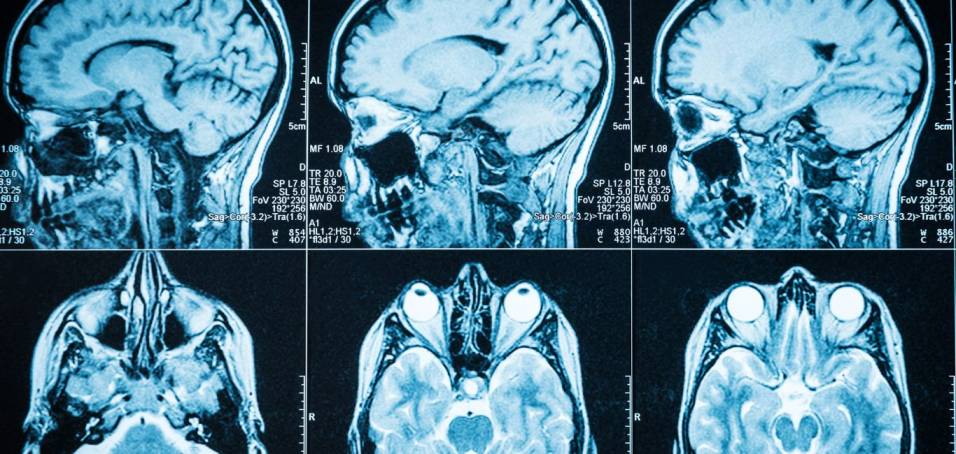
Scientists at the Brigham and Women’s Hospital in Boston, USA, have developed a dual-action, cancer-killing vaccine using a new type of cell therapy. This action could potentially destroy existing tumours and induce long-term immunity to prevent a recurrence of cancer.
The vaccine was developed using gene editing tool CRISPR-CAS 9, and was first tried in an advanced mouse model for treating glioblastoma – an aggressive and often deadly type of cancer occurring in the brain. The trial showed promising results.
The researchers published their findings in the peer-reviewed journal Science Translational Medicine from the American Association for the Advancement of Science.
“Our team has pursued a simple idea: to take cancer cells and transform them into cancer killers and vaccines,” said Khalid Shah, director of the Center for Stem Cell and Translational Immunotherapy (CSTI) at Brigham and Women’s Hospital and corresponding author of the study, in a statement.
`Homing birds’ strategy
Shah’s team took advantage of a unique and unusual property of living tumour cells – they travel long distances across the brain and return to their original location – like birds returning to a nest. The researchers re-engineered these living tumour cells using CRISPR-Cas9 to release tumour cell killing agents.
They also engineered the cells to produce certain compounds that helped the immune system to recognise, identify, and remember the tumour cells. The result was a long-term response by the body to fight against the cancer.
A double whammy on tumour
“Using gene engineering, we are repurposing cancer cells to develop a therapeutic that kills tumour cells and stimulates the immune system to both destroy primary tumours and prevent cancer,” added Shah, who is also a faculty member at Harvard Medical School.
The next step was to test the efficacy of the engineered `therapeutic tumour cells or ThTC’ in an immune environment resembling that of humans. For this, the team used a variety of mouse strains, including those that had cells from human bone marrow, liver and thymus.
They also built in a two-layered safety switch; when activated it could eliminate the ThTCs if necessary. They reported that the novel cell therapy was safe and efficacious in the animal trials, suggesting there was a roadmap towards it becoming a therapy.
Also read: Bringing tired lymphocytes back to life: A new hope for cancer immunotherapy?
While the researchers tested the new cell therapy on glioblastoma, they said the technique was applicable to a wide range of solid tumours, requiring additional study.
The scientists said that while further testing and development was needed, they chose human cells for the test to translate the research into a life-saving solution.
“Our goal is to take an innovative but translatable approach so that we can develop a therapeutic, cancer-killing vaccine that ultimately will have a lasting impact in medicine,” Shah added.

















